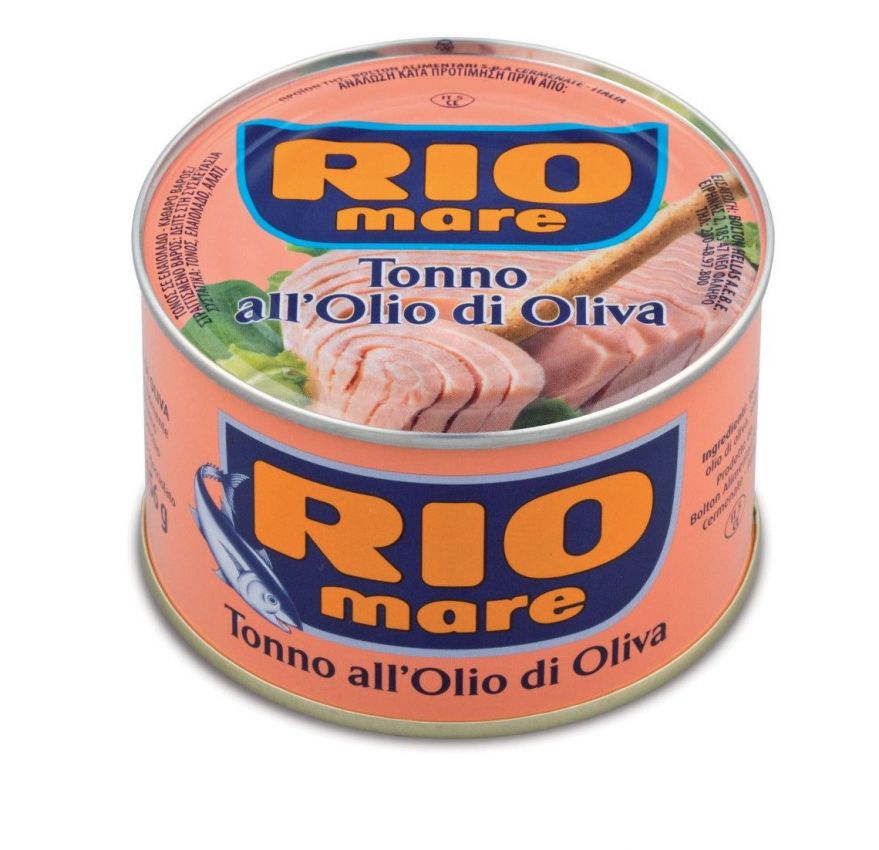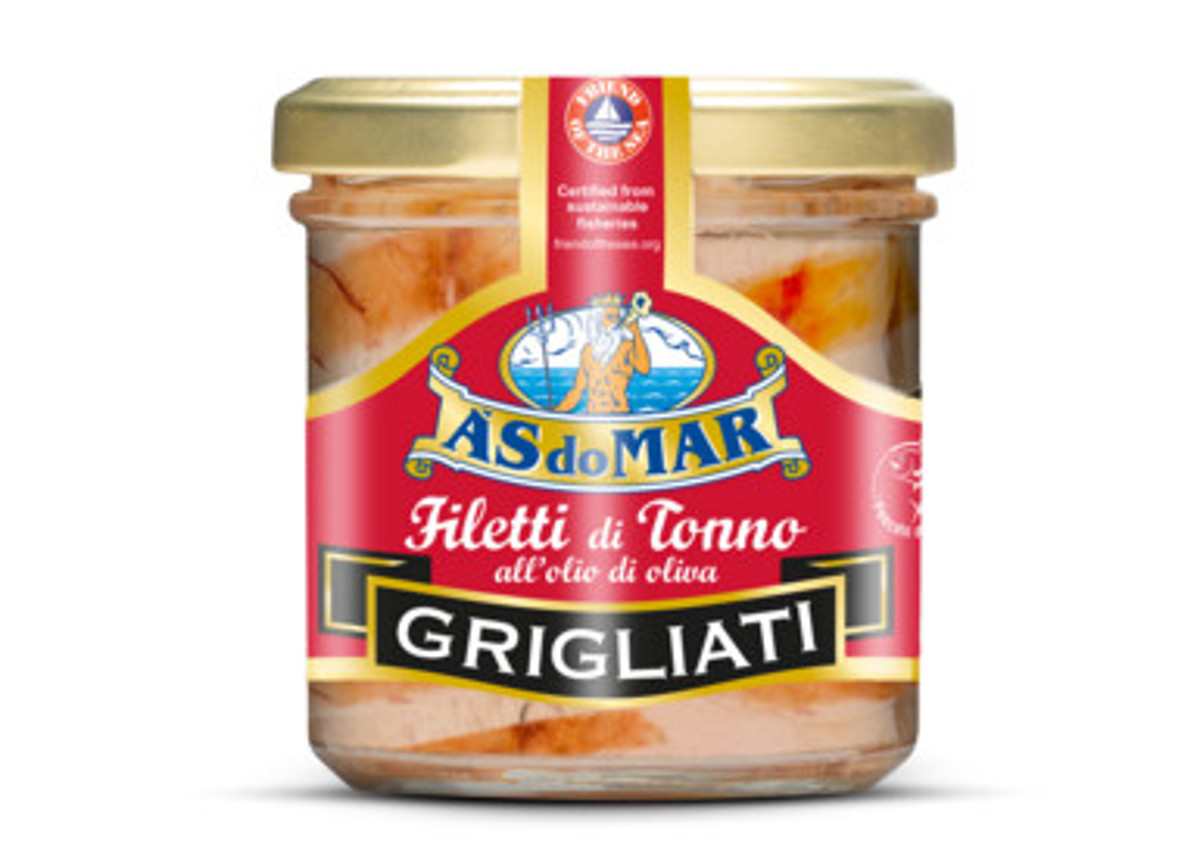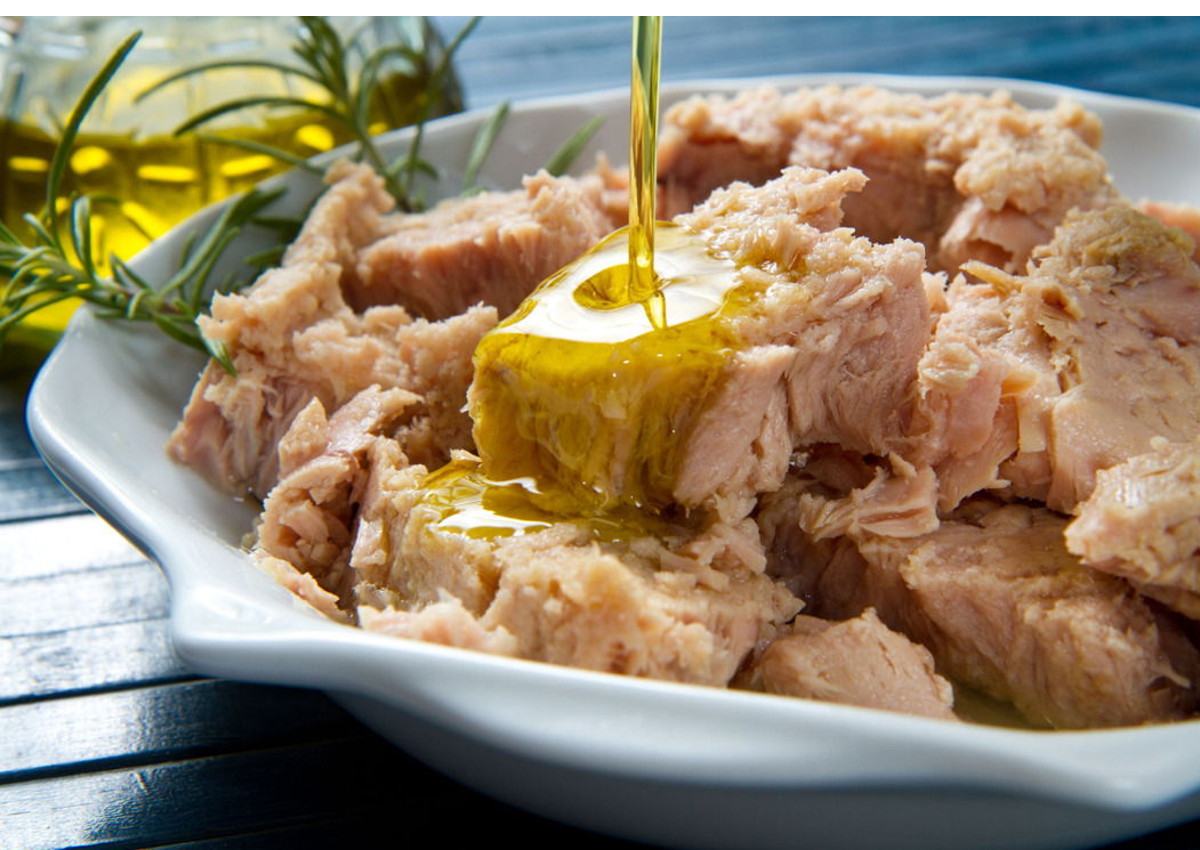Many countries depend on tuna resources for food and nutrition, economic development, employment and culture, and therefore there is a need to defend and safeguard the sustainable management of fish stocks. This is the goal of World Tuna Day (May, 2), designated in 2016 by the United Nations General Assembly to recognise the importance of sustainable fisheries management and to fulfill the United Nations Agenda 2030 for Sustainable Development. There are many projects and certifications by the fishing industry to support the protection of marine biodiversity, in line with the goals of FAO and the UN. To date, more than 80 states are engaged in fishing it, and its scope continues to grow.

CANNED TUNA DRIVING PRODUCTION
Italian production is driven by canned products, a sector that in Italy alone has a value of about 1.3 billion euros for a consumption of 153,000 tons (data 2018 ANCIT – Associazione Nazionale Conservieri Ittici e delle Tonnare – Fish and Tuna Preservers National Association) with a national production of 74,000 tons and a consumption of 153,251 tons equal to about 2.5 kg per capita. The sector can count on about 1,500 employees. ANCIT President, Simone Legnani said: “This industry has excellent prospects as it responds to the growing demand for food in the world”. The canned tuna sector is confirmed as one of the most virtuous of the Italian food industry, placing Italy in 2nd place in Europe, after Spain. As for exports, more than 24,000 tons of Italian canned tuna are destined for export markets in and outside Europe.

CONSUMPTION IN ITALY
“In Italy, the market for canned fish is a reference point for the whole sector – added Legnani -. Consumers of canned tuna represent 94% of the population and almost 1 Italian out of 2 (43%) eats it every week, especially because it is healthy, convenient and reflects modern lifestyles.”

PREFERRED BY SPORTSMEN
A survey commissioned by Doxa/ANCIT has analyzed the experience and knowledge of Italians regarding canned tuna. This kind of fish is especially popular with the under-25s and families with children. Moreover, among Italians who usually practice sports – about 50% of the sample – 7 out of 10 put it in the top 5 of foods they could not give up (along with white meat, legumes, yogurt, and bresaola).

